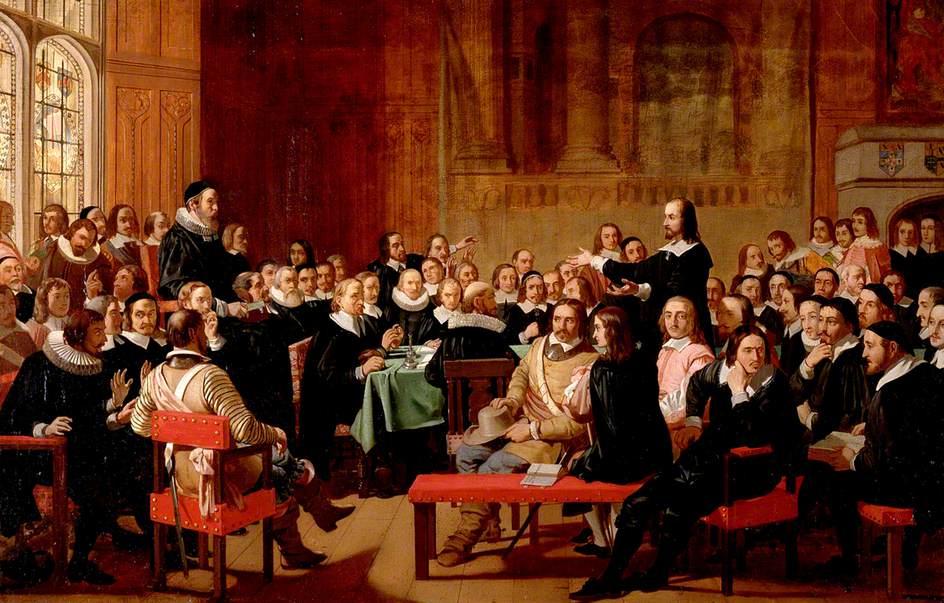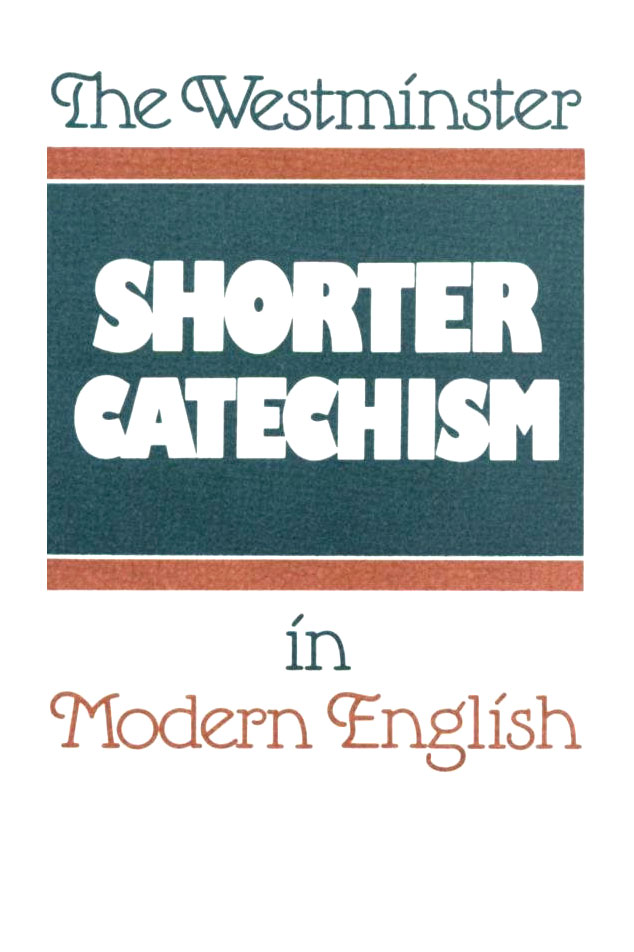What is a catechism?
A catechism is simply a set of questions and answers. It's a teaching tool. Christian catechisms are designed for instructing children and new believers the basic doctrines of the Christian faith.
Put differently, a catechism is a summary of the Bible’s teaching.
The word catechism is derived from the Greek word katecho, which is derived from the words kata (down or under) and echo (to sound). The word translated literally would mean “to sound down” (like a sonar), but it’s usage means “to teach orally or instruct”. As the parents of covenant children, we “sound-down” the meanings of our faith, and our children echo them back to us.
A catechism is a good way to learn the biblical truths in a logical, systematic way. It’s easy to review and ensure that our children know it completely and accurately.
Why use a catechism?
At various times throughout church history, large parts of the church gathered together in councils to draft concise statements of doctrine to reinforce unity. These became confessions of faith, and represented the commonly shared understanding of what scripture teaches.
While not infallible, these confessions are enormously helpful in:
- Summarizing and communicating the teaching of scripture
- Giving us a common vocabulary, bringing cultural unity
- Giving us a quick and convenient benchmark by which to discern where someone stands theologically. (Instead of asking a hundred questions of a potential pastor or elder, we can just say, “Do you agree with the Westminster Confession of Faith and Catechisms? Do you take any exceptions, and if so which?)
As soon as the confessions were written, catechisms were created in order to teach the content of these confessions to the people—including children.
So the basic idea is: “What do we believe?” and “How do we teach this to our kids (and new believers)?”
The Westminster Shorter Catechism
The Westminster Confession of Faith (WCF) was drafted in 1646 by representatives from England, Scotland, and Ireland.

Accompanying the WCF are two catechisms, the Larger and the Shorter.
The Larger was designed to be “for those of understanding,” for the more mature in the faith. It’s teachings are “more exact and comprehensive.” It was also designed to be used by pastors as they preach the Word every Sunday.
The Shorter was designed to be for new converts and children, teaching the basics of the Christian faith.
Essentially, the Shorter is the milk of the word, the Larger is the meat.
The WSC is made up of 107 questions and answers. They can be roughly split into three sections:
- 1–38 summarize “What we are to believe.” They cover the Bible, God’s works of creation and providence, man and his sin, Christ and His works, the Holy Spirit and His works, and how believers receive blessings from God.
- 39–85 summarize “What we are to do”. They cover the duties of a Christian, as found in the Ten Commandments.
- 86–107 are about the penalty of sin, and how the Christian grows in grace; namely the Word, sacraments, prayer (as found in the Lord’s Prayer).
The Modern English Version
The Westminster Shorter Catechism in Modern English, by Douglas F. Kelly and Philip B. Rollinson, was first published on August 1, 1986 by P&R Publishing.
This 24 page booklet updates the language of the catechism to modern day usage, and enables easy understanding, memorization, and study of the catechism.
WSCinME is based on this version of the catechism, and is used by permission.


